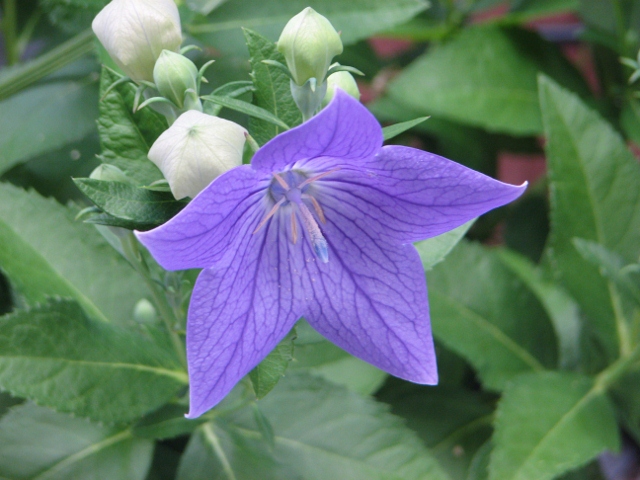Leaf footed bugs
(Leptoglossus species), aka stink bugs, really do stink when disturbed or squished. I make it a practice not to touch bugs with my bare skin since I get the willies real easy, and these are a definite
do-not-touch bug
because the foul smell does not go away quickly. My first acquaintance with them was a couple of years ago. First I saw rows of tiny golden balls on the backs of rose leaves. (I took photos, but I can't find them now.) I googled for them and came up empty. Later all the new growth and tiny flower buds on my roses looked like someone had taken a match to them, singed black and crispy. I was beside myself. Later still I started seeing tiny orange bugs with thread-thin black legs on the new growth. Back then I was trying to learn about the good bugs and the bad bugs, but I could never remember which was which. Since these orange bugs were sitting on singed rose parts, there wasn't much question which these were. They were bad, and then they were dead, squished between my gloved fingers. More time passed and I saw big brown bugs and matched them to photos on the internet - leaf footed bugs. It wasn't until last year that I knew their alias, stink bugs. Last year was my first year growing hollyhocks. Imagine my shock and disgust the first time I saw a stalk of flower buds covered with these miniature monsters. After my initial panicked scurrying for something to kill them with, I thought perhaps I should let them stay on the hollyhock, the theory being that they'll stay away from the roses. Wrong! Apparently, they're finicky and tire easily of one type of food, moving on to another. I've read that they really love tomatoes and beans and fruit. I don't grow any of those, but they also have a taste for roses. It's hard to spot the bugs on the bush, but their damage stands out like a sore thumb, deformed and singed new growth. When I see it, I start looking for the evil bug. Another problem with leaving them be is that they are prodigious egg-layers.
According to what I've read, permethrins work (the stuff that's in flea & tick killer), but I don't use pesticides in the garden, and there aren't any predators due to their defense mechanism, the stench. I just smush them, or I cut them in half with my pruners. Since they're 3/4 of an inch long, they make easy targets. If I'm not wearing gloves, I find two good-sized leaves and squish the bugs between the leaves. Sometimes I miss though. I really need to have gloves with me at all times now that the stink bugs are back. Tonight I read that the most effective way to eliminate them is to put on gloves and hand pick them off of the plants and place them in a soap and water solution (one tablespoon of dish soap to one gallon of water). This will kill the adults and young in a few seconds. They're pretty slow moving so they're not too hard to catch, but they have a tendency to sidle around to the other side of the stem. Since the beneficial Assassin Bug and the young leaf footed bug look so similar, remember that the leaf footed bug likes to hang out with lots of his buddies whereas the Assassin Bug is a loner.
 |
| I found this cool graphic on the internet. Unfortunately there was no attribution - only an error message. |
So be on the look-out. They're out there, and they're ugly... and stinky.
































































